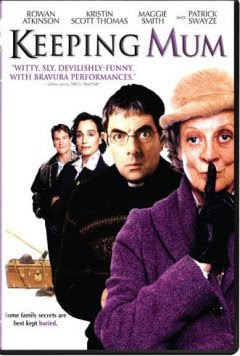 Cooperstown Confidential: Heroes, Rogues, and the Inside Story of the Baseball Hall of Fame. Zev Chafets.
Cooperstown Confidential: Heroes, Rogues, and the Inside Story of the Baseball Hall of Fame. Zev Chafets.Illustrated. 237 pages. Bloomsbury. $25.
Took it, started reading it.
Over the years the Baseball Hall of Fame, the shrine in Cooperstown, N.Y., that held its annual induction ceremony on Sunday, has been so fraught with controversies about who deserves admission and who doesn’t that Red Smith, the great sports columnist, once wrote that the only solution was to blow up the place and start over.
In his new book, “Cooperstown Confidential: Heroes, Rogues and the Inside Story of the Baseball Hall of Fame,” Zev Chafets suggests that part of the problem is that the whole institution is built on a foundation of deceit: a falsified creation myth that asserts, all evidence to the contrary, that our national pastime was first played on the bucolic pastures of Cooperstown and that a leathery, rag-stuffed orb bought from a local farmer for $5 might be the game’s Holy Grail, the very first baseball.
I've gotten to that part. Just as absurd as the idea that Abner Doubleday laid out a baseball diamond (something he never spoke of, and that his obituary did not mention) is the idea that that orb was the first baseball. Yet baseball is built, and lives, on myth.
Equally hypocritical is Rule 5 of the hall’s election requirements, the character clause, which specifies that admission should be based not just on a player’s record and ability but also on his integrity, sportsmanship and virtue. This is the bar that has been used to exclude Pete Rose (gambling) and Mark McGwire (performance-enhancing drugs), along with troublesome, mouthy characters like Dave Parker and Dick Allen, and that may eventually be used to banish Barry Bonds, Roger Clemens, Alex Rodriguez and anyone else tainted by accusations of steroid use.
But the brand of moralizing practiced by the Hall of Fame has always been highly selective and inconsistent. At the time of the annual induction ceremony in 2007, Mr. Chafets writes, the hall included “a convicted drug dealer, a reformed cokehead who narrowly beat a lifetime suspension from baseball, a celebrated sex addict, an Elders of Zion conspiracy nut, a pitcher who wrote a book about how he cheated his way into the hall, a well-known and highly arrested drunk driver and a couple of nasty beanball artists.”
That’s just among the living members. The roster of deceased immortals (some inducted before the character clause went into effect) includes Ty Cobb, one of the very first members, famously a sociopath, possibly a murderer and a notorious racist who was also a card-carrying, torch-waving member of the Klu Klux Klan, as were Tris Speaker and Rogers Hornsby. The hall is full of gamblers, brawlers and defendants in paternity suits, and there are numerous drunks, starting with Grover Cleveland Alexander, who Bill Veeck, the colorful baseball executive, once said pitched better drunk than sober.
Doc Ellis once said he pitched a game while tripping on LSD.
Despite its title, though, “Cooperstown Confidential” is not especially gossipy or tabloidy. Most of the dirt Mr. Chafets exposes has been dug up before, and he relies less on new reporting than on other books, especially “The Politics of Glory,” Bill James’s more thorough 1994 history of the hall, and Nicholas Fox Weber’s recent “Clarks of Cooperstown,” a history of the wealthy local family that founded and still controls the Hall of Fame.
The Clarks were something: the grandfather was not just a bigamist, but a trigamist, and, perhaps, even a quadrigamist, who ran off to Europe to avoid the US law; in France he married anew. And the family feuded.
As he readily admits, Mr. Chafets, a former columnist at The Daily News and a frequent contributor to The New York Times Magazine, is not a baseball expert, and it sometimes shows. He says that Jim Bunning pitched one no-hitter when he in fact hurled two, one of them a perfect game.
What shows is awful copyediting. Bunning might be the stupidest man in the Senate, but he did pitch a no-hitter in each league.







